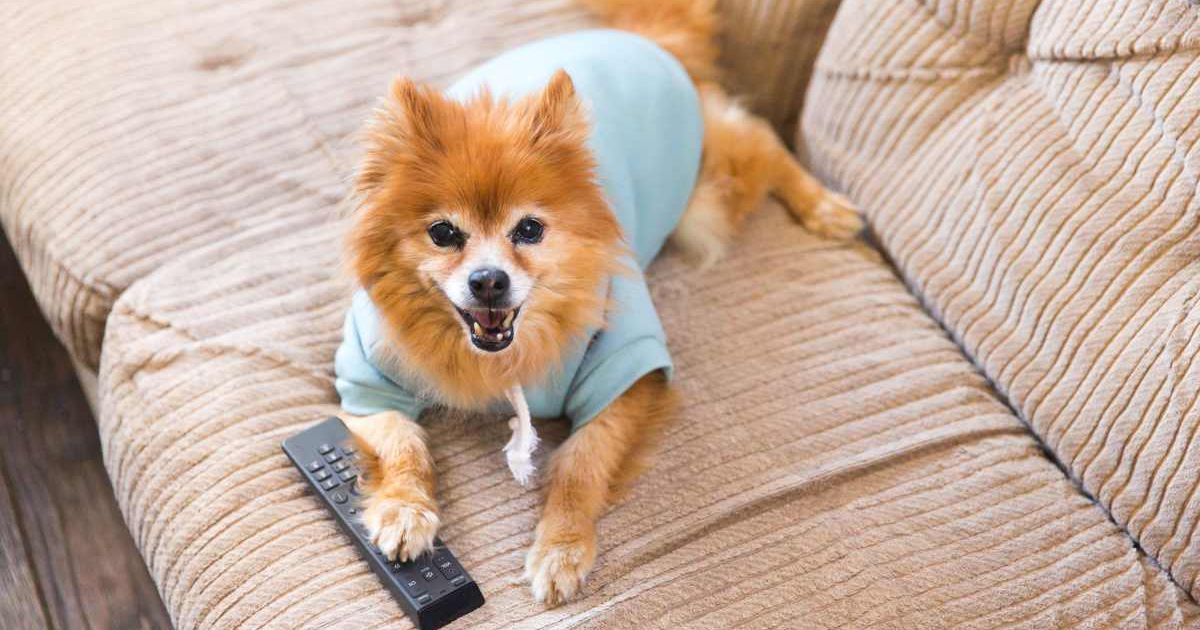Dog's personality determines their TV watch list — study uncovers what they're really 'seeing'

Did you know television isn’t just for humans; dogs watch it too. While it might seem like they are just staring at moving pictures, TV can actually have a real impact on a dog’s day-to-day life. For some dogs, it can be a fun and mentally stimulating experience, while for others, it might cause stress, especially if they react strongly to certain images or sounds. Until now, not much research has looked into how and why dogs react to television the way they do.

To better understand this, scientists at Auburn University created something called the Dog Television Viewing Scale (DTVS), a questionnaire for dog owners. The authors of the study stated, "With media-related technology more accessible than ever, the frequency with which dogs are exposed to different forms of media is increasing." The study aimed to understand how dogs' temperament played a role in their choice of TV shows. It shares what kinds of things the dogs respond to on screen, like animals or objects, and whether the dog reacted to sounds, sights, or both. They collected answers from 453 dog owners and used this data to look for patterns in how dogs behave when watching TV.

The 16-question metric assessed three different categories: how dogs would react to animals (DTVS Animal), following movements (DTVS Follow), and responding to non-animal things like objects or humans (DTVS Non-Animal). Together, these categories explained 63.7% of the differences in dogs’ viewing habits. More excitable dogs were more likely to follow what they saw on screen, while those that were more fearful reacted more to non-animal content. Surprisingly, factors like breed, age, sex, or past TV exposure didn’t seem to have much effect. This hints at the idea of dogs having an inherent predisposition towards moving pictures. The study also found that dogs who watched TV for longer were more likely to respond to both animal and non-animal content. But traits like gender, breed group, and whether the dog was neutered had no major impact.
Some dogs followed the action closely, while others just stayed still and watched. The results also suggest "that dogs may represent objects in the 2D television format similarly to the 3D environment." This means that when your dog is watching TV with you, they are imagining all of it in the real world. This is perhaps why, when a tough villain appears on screen, or a gory act has been committed, pet dogs often start barking loudly. For the longest time, we thought they displayed this behavior randomly, without cue, but turns out there's more depth to it than that. Overall, the study proposes the idea that dogs may see and understand TV in ways that are surprisingly similar to how they experience the real world. But because the study was based on owners' reports, there might be some errors in how behaviors were interpreted. Still, when used the right way, TV could be a useful tool to help keep dogs, especially those in shelters or home alone, engaged and mentally stimulated.